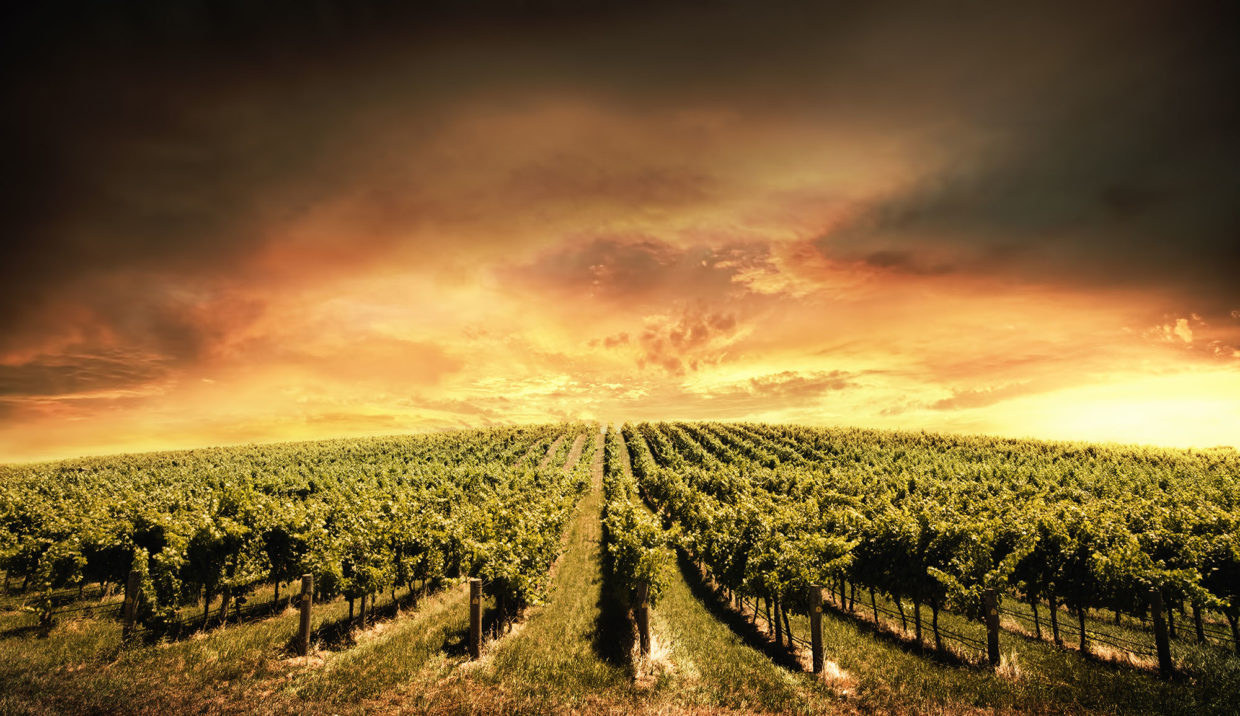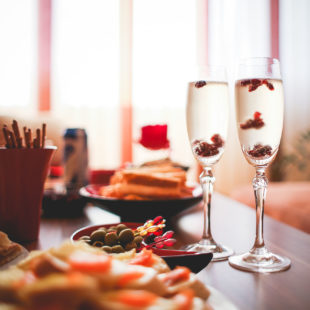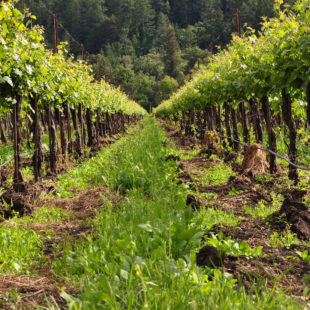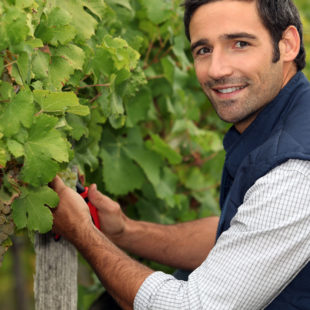
The roots of the modern Champagne industry were laid during the Industrial Revolution which saw vast leaps in understanding the method of making sparkling wine and improvements in the technology needed to make production more financially feasible. The French scientist Jean-Antoine Chaptal popularized the understanding that Champagne sparkled because it was sealed in a bottle before fermentation was complete. He further noted that it was the sugar in the wine that facilitated this fermentation process resulting in bubbles. Along with the bubbles came intense pressure from the carbon dioxide gas that could result in the bottles exploding. The disturbance caused by one bottle’s disintegration could cause a chain reaction, with it being routine for cellars to lose 20–90% of their bottles to instability. The British method of coal fired glassmaking contributed to stronger wine bottles being available that could withstand the pressure of the carbon dioxide gas better. In the 1830s, a pharmacist from Châlons-sur-Marne named André François outlined formulas with precise measurements of how much sugar is needed to make a wine sparkle without producing more pressure than the wine bottle could withstand. Corking machines and improved corks made sealing the wine easier with less opportunity for the precious gas to seep out of the bottle.
An important advance made in the early 19th century was developing a technique to remove the sediment caused by dead yeast after the secondary fermentation. Early Champagne producers chose not to remove the sediment, which left the wine cloudy and prone to off flavors if the sediment was shaken up or poured into the glass. At royal courts and banquets, servers would pour new serving of Champagne into a fresh glass to avoid the residue of sediment left over in the previous glass.
To remove the sediments, some producers would decant the wine by pouring it a new bottle. However this process caused a considerable amount of carbon dioxide gas to escape and the resulting wine was noticeably less bubbly. With the aid of her cellar master, Madame Clicquot of the Champagne house Veuve Cliquot developed the process of riddling in the early 19th century to solve the problem of sediments without losing much gas. This technique, which involves collecting the sediment in the neck of the bottle and using the pressure of the wine to eject just the sediment, led to the popularity of adding sugar-sweet dosage to replace the wine lost during riddling. The Russians, in particular, were fans of very sweet Champagne and Veuve Cliquot was able to tailor the sweetness level of their wines for their customers by the composition of their dosage. At first the house of Veuve Cliquot tried to keep this technique of riddling a secret but by the late 1820s the secret was out and Champagne houses were settling up production lines for riddling. In 1854, the French national railroad system linked Reims with the rest of the country, including its coastal ports. From that point on, Champagne was connected to its worldwide market and sales grew by leaps and bounds. During the 1850s production was averaging 20 million bottles a year.
Throughout most of the 19th century Champagne was made sweet. The taste was pleasing to most wine drinkers and the added sugar helped winemakers to cover up flaws in the wine or poor quality from less desirable grapes. Champagne houses would use the dosage to tailor the sweetness to whatever style was in fashion in a particular market.

The Russians preferred the sweetest level with as much as 250–330 grams of sugar added. Scandinavia was next at around 200 grams followed by France at 165 grams, Germany with slightly more, and the United States preferring between 110–165 grams. The English preferred the driest style at 22–66 grams of sugar. Gradually tastes developed to favor less sweetness and higher overall quality in the Champagne. The first slightly dry Champagne to emerged was labeled demi-sec or „half dry“. The success of those wines prompted the introduction of sec or dry wines. Other producers made wines with even less sugar and began to call these wines extra dry. In 1846, the Champagne house Perrier-Jouët introduced a wine that was made without any added sugar. This style was initially ill received with critics calling this wine too severe, or brute-like. But over the next generation, this „brut“ style with significantly less sugar than wines labeled extra dry became the fashion for Champagne and today is the modern style that the majority of Champagne is made in.







